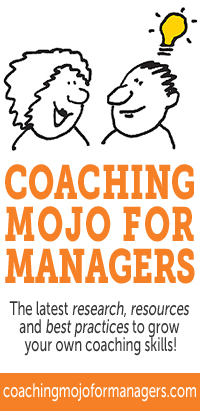Risks and Rainbows
 I was thinking about a California trip I made this past March during days of record and unrelenting rains. I was with my daughter the day we arrived in Santa Barbara, and the downpours had temporarily halted. We had plans to go to the Santa Ynez wine country sometime during our stay. My daughter suggested we go that very day.
I was thinking about a California trip I made this past March during days of record and unrelenting rains. I was with my daughter the day we arrived in Santa Barbara, and the downpours had temporarily halted. We had plans to go to the Santa Ynez wine country sometime during our stay. My daughter suggested we go that very day.
The clouds were still threatening, and the forecast wasn’t much more hopeful. The upshot: we went and experienced a particularly beautiful day with dramatic sun and light sitting below a dark curtain of clouds. No rain during our sojourn and a fantastic rainbow as we headed out of the valley back to town.
We took a calculated risk, and the payoff was a magnificent day, capped by a serendipitous rainbow. What’s the message here for the workplace? Without taking risks, individuals and organizations can’t move forward and grow. Managers need to reward risk-taking and help their people learn to manage risk.
Coaching helps support risk-taking. It’s a process that encourages individuals and teams to reframe their perspecctive, jump-start new thinking, and pursue a healthy analysis of “what-ifs” to role-play various actions and outcomes.
Successful managers who employ a coaching orientation — in how they listen and ask questions, how they support innovative thinking and risk-taking — foster an environment of engagement, critical thinking and creativity. All of this ultimately impacts bottom line considerations, including retention, new product development, expanded markets, loyal customers, etc.
Coaching conversations can raise questions that address the following five critical keys to assess and encourage taking risk:
1. Risk tolerance self-assessment
How comfortable are you in taking a chance by trying something new and different? What are your roadblocks, and what can help you overcome them?
2. Question the status quo
Step outside your comfort zone. Assess what works and what doesn’t. Move the frame and consider other points of view, other stakeholder needs. Imagine you had resources you don’t currently have — how would they help you? What could you do that you’re not presently doing? How could you do that anyway—without those resources you say you need?
3. Plan for success
What will success mean? What will it look like? What new challenges will it introduce? What will be needed to sustain the benefits?
4. Plan for failure
What’s the worst that could happen? What would that look like? What would be needed to counter that circumstance? What would a back up plan look like?
5. Learn
A lot of learning can come from taking risk. What did you learn about yourself? About your co-workers? About the business? What could you have done differently? How might that have impacted the outcome?
Coaching is more than an exercise in imagining outcomes. It is a dynamic process that helps individuals assess, plan, and take action, creating a blueprint for successful risk-taking and a cushion for a soft landing if an attempt fails. Successful leaders appreciate the critical role risk plays in business, and they find a way to embrace it so that everyone has a chance to discover the rainbow.
What have you learned from your own risk-taking in the workplace?
If you found this post helpful, check out “About the Book” on this blog, and order yourself a copy of “What could happen if you do nothing?” A manager’s handbook for coaching conversations.








